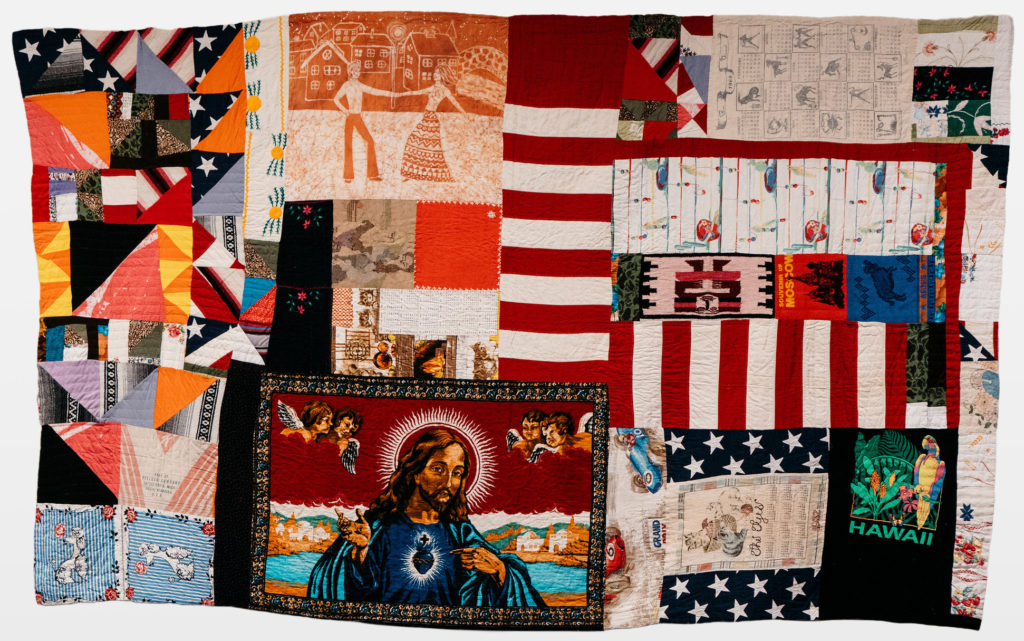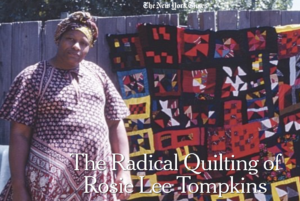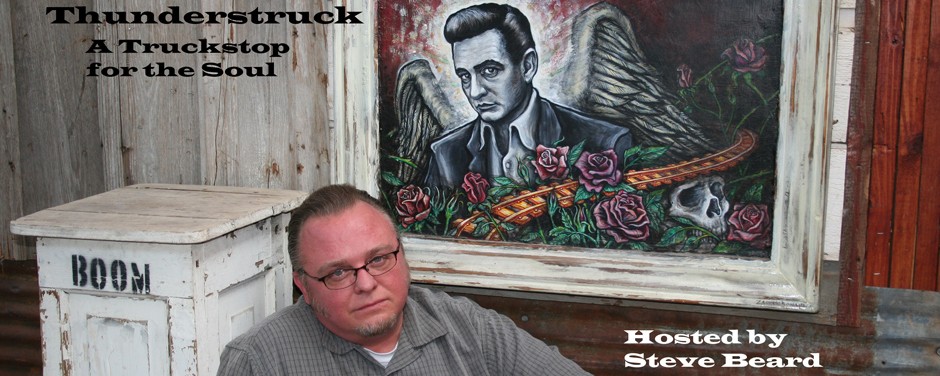
UC Berkeley Art Museum and Pacific Film Archive, Eli Leon Bequest; Justin T. Gellerson for The New York Times
“I think it’s because I love them so much that God let me see all these different colors,” Rosa Lee Tompkins once said of her quilting patchworks. “I hope they spread a lot of love.”
Tompkins’s quilts, observes New York Times art critic Roberta Smith, were “one of the century’s major artistic accomplishments, giving quilt-making a radical new articulation and emotional urgency. I felt I had been given a new standard against which to measure contemporary art.”
 “Rosie Lee Tompkins” was actually born Effie Mae Martin in rural Arkansas in 1936. According to the Times profile, she was “fiercely private, deeply religious woman, who … was almost never photographed or interviewed.”
“Rosie Lee Tompkins” was actually born Effie Mae Martin in rural Arkansas in 1936. According to the Times profile, she was “fiercely private, deeply religious woman, who … was almost never photographed or interviewed.”
“A typical Tompkins quilt had an original, irresistible aliveness,” writes Smith. “One of her narrative works was 14 feet across, the size of small billboard. It appropriated whole dish towels printed with folkloric scenes, parts of a feed sack, and, most prominently, bright bold chunks of the American flag. What else? Bits of embroidery, Mexican textiles, fabrics printed with flamenco dancers and racing cars, hot pink batik and, front and center, a slightly cheesy manufactured tapestry of Jesus Christ. It seemed like a map of the melting pot of American culture and politics.”
Tompkins believed she was on a divine mission. “If people like my work,” she once said, “that means the love of Jesus Christ is still shining through what I’m doing.”
Tompkins had stellar imagination and creativity. “A remarkable early quilt from the 1970s is pieced almost entirely of blocks of found fabric embroidered with flowers — old and new, machine- and handmade,” writes Smith. “They bow to an ancient craft and, at the quilt’s center, a spare image of the risen Christ blessing. Above and to the right a circle of twisted bands and leaves suggests both a crown of thorns and a laurel wreath. Was Tompkins aware of this possible reading? Perhaps, but the main point is that her work is open to the viewer’s response and interpretation.”
To read the entire story, click HERE.
